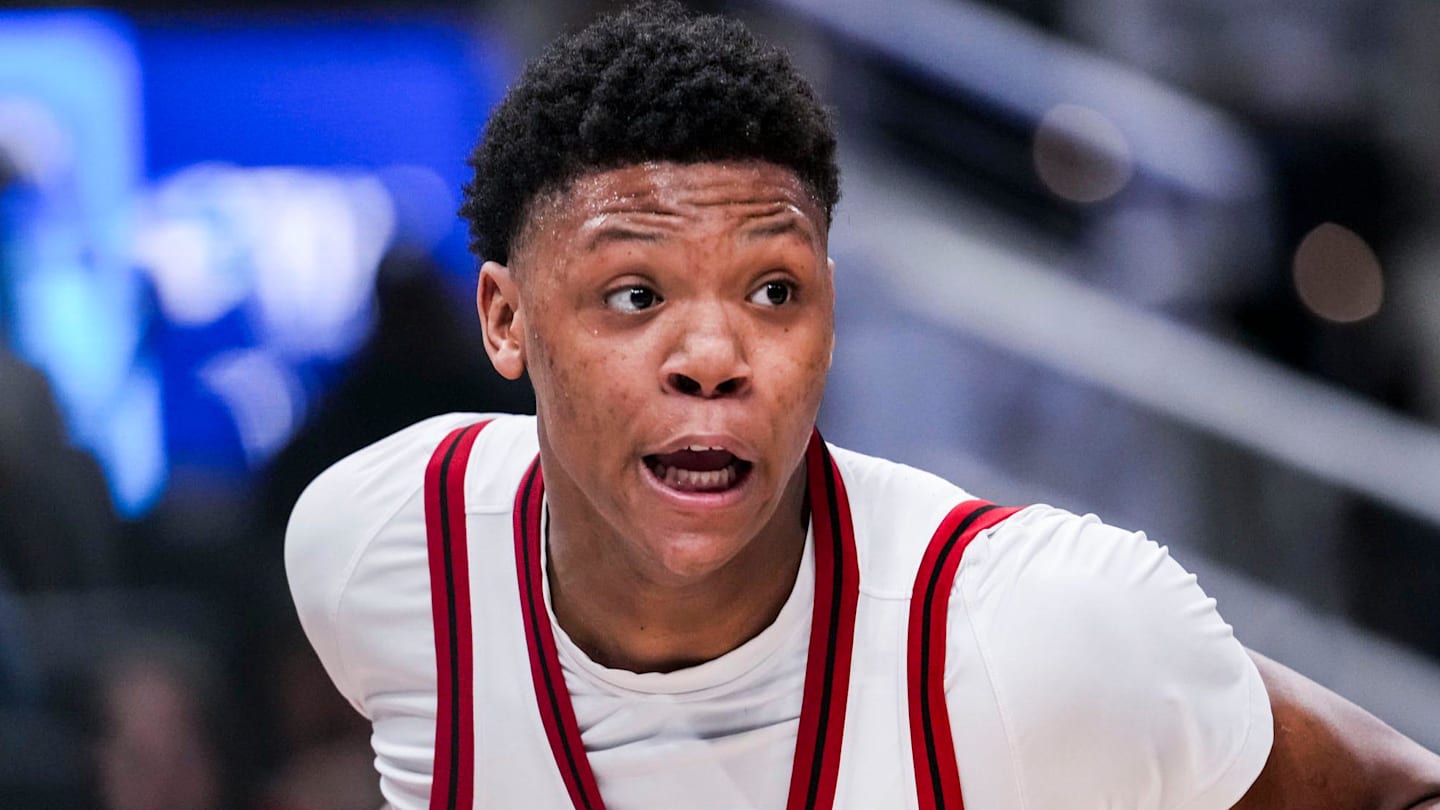We should treat our water reservoirs like a savings fund, not a checking account. Here are some simple steps every Utahn can take to ensure a sustainable water future …
Imagine this: after years of scraping by, you manage to build up a small cushion and get a little financial breathing room. Your job is steady, but not necessarily guaranteed. Would you spend that cushion now? Or protect it, knowing how hard it was to build?
Most of us would protect it. So why aren’t we doing the same with our water?
Less than three years ago, northern Utah was in the grips of one of the most severe droughts in living memory. Reservoirs dropped to alarming lows. Cities and utilities scrambled to prepare for possible restrictions. In response, Utahns stepped up. We cut back. We conserved. And it worked.
Today, thanks to those efforts, good management and a few solid snow years, our reservoirs look healthy again, hovering around 80 to 90% full. But that’s not a license to use water like it’s going out of style.
Think of our reservoirs as a savings account. When we withdraw more water than we deposit, our balance drops. Unlike money, water doesn’t come with overdraft protection. When supplies run low, the trade-offs are real: lawns or drinking water? Car washes or fire protection? Backyard pools or a healthy Great Salt Lake? We shouldn’t wait for those choices to be forced on us.
As the pressure has eased, our habits have slipped.
In 2022, Utahns rose to the challenge of historic drought conditions and achieved record-breaking conservation. Even with reservoirs dipping to critically low levels (42% statewide), our collective effort helped avoid serious service cuts or restrictions. Since then, water use has steadily climbed, not from growth, but from individual behavior. Early 2025 data show a 20% increase per person over last year, which was already up 12.5% from the year before.
To return to our savings analogy: our emergency fund is shrinking, our future income — snowpack — is uncertain, and our spending is accelerating. We don’t need Warren Buffett to tell us that’s a bad plan.
The good news? We’re not too late. There’s still time to change course, and the solutions are well within reach.
Before anyone points fingers at agriculture, let’s clarify: agricultural water is a different system than the one that serves our homes, schools and businesses. The water we use day to day is part of the municipal system — that’s the one we can directly protect.
How to save water in Utah
The biggest opportunity for savings? Our yards. Outdoor watering, especially turf grass, is far and away the largest driver of summertime water use. Replacing traditional lawns with waterwise landscaping can reduce water use by up to 60%, and rebate programs can help cover the cost. But if a full yard renovation isn’t practical, start small: update a park strip, convert a side yard or reduce lawn to the areas you actually use.
Another option: install a smart irrigation controller, which adjusts watering based on weather and soil conditions. There are rebates for that, too.
The simplest step of all? Water efficiently. The average lawn watering session uses about 2,000 gallons, and the average Utah homeowner waters much more than necessary. Following the Utah Division of Water Resources weekly watering guide can help you determine just how much your lawn needs.
Slowtheflow.org provides even more water-saving tips. For example, raising your mower blades and leaving your grass at a longer length helps protect the root system from drying up, resulting in less water needs for your lawn.
It’s human nature to move on and forget hard times. But when it comes to water, we can’t afford complacency. The future of our families, communities and the Great Salt Lake depends on what we do today.
We’re asking every household to do just a little better than last year. Even small reductions add up. If we hit our conservation targets, we’ll be able to send an equivalent volume of water to the Great Salt Lake this fall, a direct investment in Utah’s environment, economy and health. At the very least, we’ll be shoring up our savings account for the next dry year.
Let’s not waste what we worked so hard to protect. Let’s show that conservation isn’t just a crisis response; it’s a shared commitment to a secure future.
Source: Utah News














